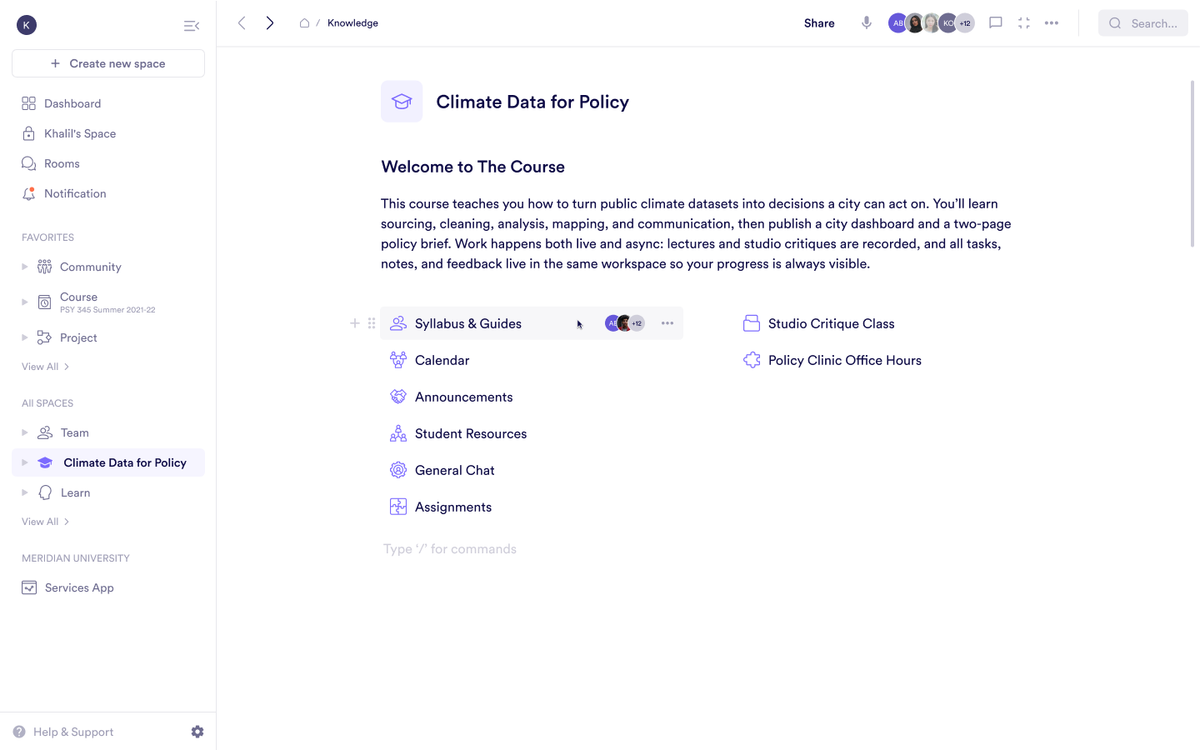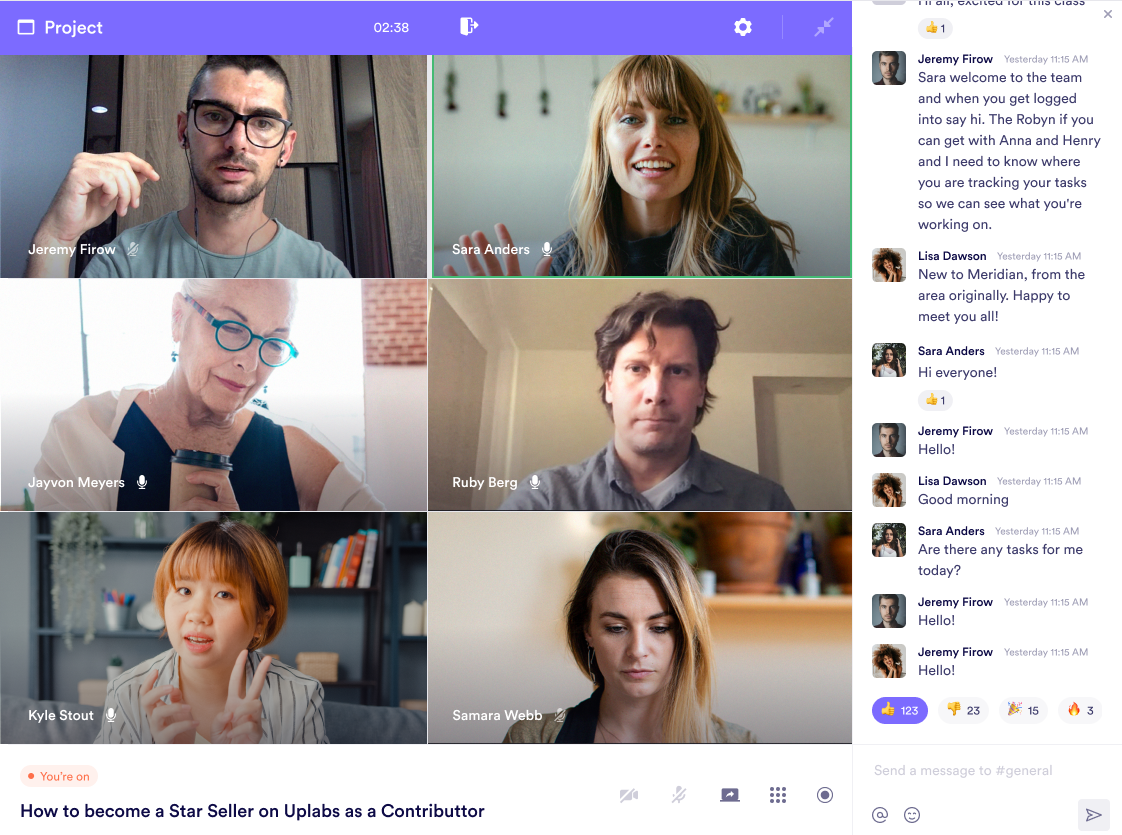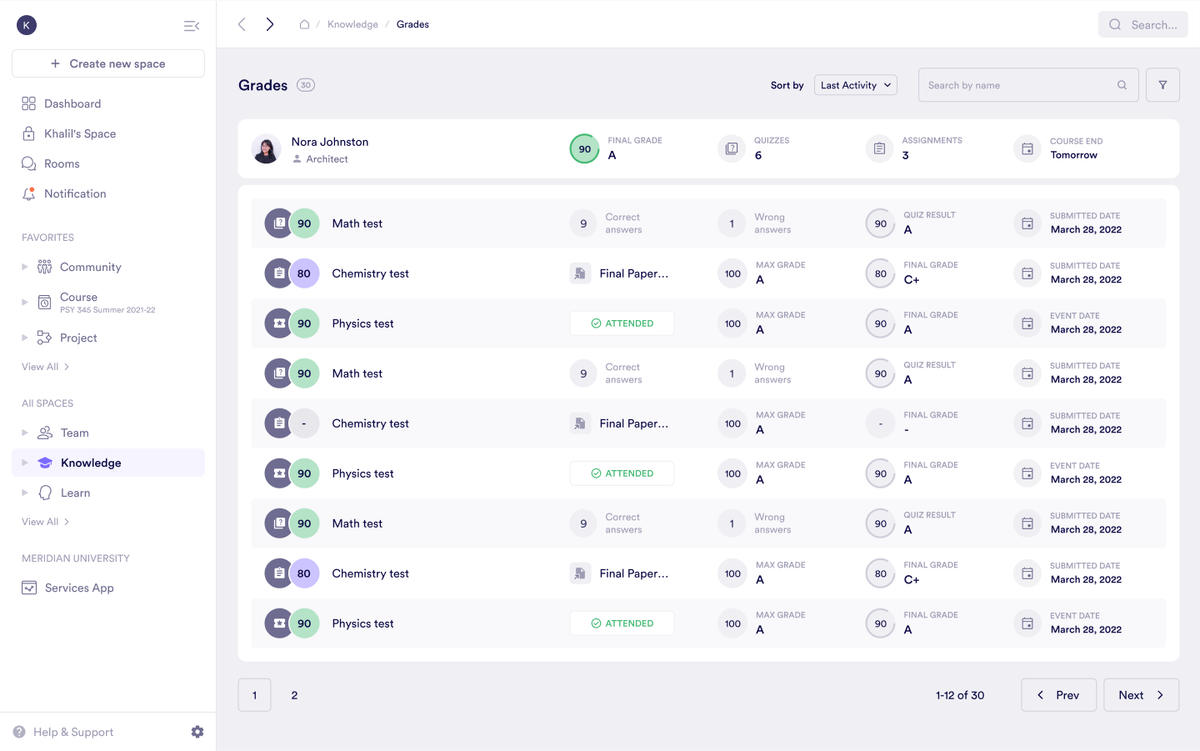Sep 25, 2025
The Canvas LMS Alternative That Brings Learning Back to Life: Why Educators Are Moving to Pivot for Flexible Teaching and Collaboration
 Jennifer Simonazzi
Jennifer Simonazzi
A professor uploads the weekly readings into a course shell, toggles between grading rubrics, posts an announcement, then answers questions on a separate chat thread that students started outside the platform because the discussion board feels too buried to be useful. By the end of the day, she has touched five different features just to keep one class on track, yet the actual act of teaching, the exchange of ideas, the spark of debate, the shaping of understanding, feels lost behind a wall of administration.
This is the experience many faculty members share when their learning management system becomes less about enabling learning and more about maintaining order. What was meant to serve as an academic hub often grows into a maze of gradebooks, folders, and forms where the weight of process overshadows the energy of interaction. Students, too, notice: assignments completed in one tab, conversations taking place in another, and feedback arriving long after the moment when it could influence their work.
The need for an education software that prioritizes participation over paperwork is increasingly urgent. For many educators, the question isn’t whether to abandon their LMS, but how to balance it with tools that keep teaching fluid. They need a platform that restores the act of teaching and learning to the center of their daily practice.
Why Educators Search for a Canvas LMS Alternative: When Structure Limits Learning
In many classrooms, Canvas begins as a dependable way to organize lessons, post assignments, and distribute grades, yet over time educators notice that the structure designed to guide them often ends up dictating them. The architecture demands long hours of setup before a course even begins, and any attempt to adapt mid-semester feels like building a new frame instead of simply adjusting a class in motion. Students, in turn, spend more time navigating drop-down menus than participating in the act of learning.
The most common frustrations include:
Course templates that demand heavy front-loading, making spontaneous teaching or flexible changes feel unnecessarily constrained.
Assignments and discussions living in separate corners of the platform, forcing students to reference multiple pages before connecting feedback to the work itself.
Minimal real-time collaboration features, leaving professors to rely on email threads, group chats, or third-party video calls just to maintain conversation.
For these reasons, educators begin to search for a Canvas LMS alternative, not just to escape complexity but to recover a sense of immediacy in the classroom. A practical LMS platform must act less like a filing cabinet and more like a living environment where the flow of teaching and learning is visible in the same space as the supporting materials. That is why so many are turning toward a social learning platform, designed not as a checklist of administrative functions but as a shared ground for interaction, debate, and collective problem-solving that mirrors the very heart of education.

Meet Pivot: The Social Layer Your LMS Can’t Provide
When teaching feels tied to grading portals and file uploads instead of dialogue, something vital slips away: the spark of actual exchange between students and educators. Pivot enters not as another database of assignments but as a Canvas LMS alternative designed to function as a social learning management system, where every piece of content can sit beside the conversations, debates, and reflections that make it matter.
In Pivot, the architecture is intentionally simple but endlessly flexible:
Spaces operate as living course containers, holding lectures, assignments, references, and student work in one adaptable structure.
Rooms provide the social texture of a class: chat threads for quick exchanges, video sessions for lectures or office hours, and async posts that allow deeper reflection without pressure of immediacy.
Blocks form the academic core, with assignments that carry rubrics, quizzes built for multiple formats, and tracking tools that let both students and instructors watch progress unfold in context.
This combination makes Pivot adapt with the rhythm of a semester, where group projects, peer reviews, or evolving discussions no longer feel detached from the curriculum but are instead woven into its daily life.
Pivot enters not as another database of assignments but as a social learning platform that can either replace or complement an LMS. Many institutions start by layering Pivot on top of Canvas or Blackboard for real-time collaboration and async conversation, while still keeping their LMS in place for record-keeping.

Pivot vs. Canvas: A Feature Comparison That Shows What Teaching Gains With the Right Platform
When evaluating a Canvas LMS alternative, the discussion is rarely about abandoning familiar dashboards but instead about weighing what is lost in administration: heavy processes against what could be gained in more flexible and conversational environments. Below is a direct comparison of six areas where instructors and students often voice frustrations with Canvas, contrasted with how Pivot approaches them differently as both a learning management system and adaptable education software.
Course design flexibility
Canvas: Templates and modules help standardize layouts, but adapting them once a course is running often requires restructuring or duplicating content, making mid-semester adjustments unnecessarily laborious.
Pivot: Spaces operate as flexible containers, where assignments, readings, media, and threaded conversations can be rearranged without breaking course flow, allowing a class to shift as discussions and projects evolve.
Assignments & grading
Canvas: Submissions and grading work effectively at a base level but often feel isolated, with rubrics tucked away and feedback disconnected from the ongoing conversation.
Pivot: Assignments are integrated into the same space as dialogue, carrying rubrics that are visible to students before submission, with feedback tied directly to participation and progress data.
Discussions & collaboration
Canvas: Forums are structured separately from coursework, leading to student disengagement when discussions feel like an add-on rather than a natural part of the curriculum.
Pivot: Rooms place chat, async posts, live calls, and even streaming alongside the actual course tasks, ensuring collaboration feels intrinsic rather than supplementary.
Analytics
Canvas: Offers basic performance tracking, but deeper insights often require external integrations or additional systems.
Pivot: Analytics are built into the platform itself, showing attendance, engagement trends, and assignment completion in real time, without exporting data to another environment.
Permissions & roles
Canvas: Uses role templates that can be restrictive when adding teaching assistants, guest lecturers, or project mentors with different needs.
Pivot: Permissions can be customized at both organization and space level, allowing roles that match the exact teaching structure, even empowering student leaders when desired.
External collaboration
Canvas: Largely designed for internal course use, making external participation cumbersome.
Pivot: Allows educators to open a space to parents, reviewers, or outside experts, while keeping access secure and role-based.
Choosing a Canvas LMS alternative like Pivot is less about abandoning a system and more about moving into one that acts as both an education software foundation and a living classroom where assignments, conversations, and outcomes are never disconnected.
While many institutions eventually choose to move fully into Pivot, you don’t have to treat it as an all-or-nothing switch. Pivot can run alongside your existing LMS, giving you the flexibility to use it as a complementary layer for collaboration, discussion, and real-time engagement while still keeping Canvas, Blackboard, or Brightspace in place for administrative records or compliance.

Bringing Pivot Into Your Classroom Workflow Without Losing Continuity: How to Add Pivot Alongside Your Existing LMS
For educators, moving away from an established learning management system can feel intimidating, not because the teaching methods must change, but because the administrative structures built over years can appear too tangled to rebuild. Choosing a Canvas LMS alternative like Pivot is not about battling import scripts or transferring archives one by one, but about setting up familiar teaching workflows inside a more flexible education software environment that is designed to evolve with how classes actually run.
A step-by-step approach makes this transition straightforward:
Set the foundation with an organization. Here, administrators create the structure for an institution, define key permission roles, and ensure that faculty, assistants, and support staff have exactly the level of access they need without duplicating effort.
Create a space for each course or subject. Every space acts as the container for lessons, readings, assignments, and discussions, with the freedom to adjust content midway through a semester without rebuilding the entire structure.
Add blocks for teaching essentials. Blocks host assignments with attached rubrics, quizzes in multiple formats, and even task boards for projects. Calendar events capture recurring class sessions, deadlines, and review periods so students see the academic rhythm in one view.
Set up rooms to carry the conversations. These can become live lecture halls with integrated video, breakout areas for smaller group sessions, or async discussion threads that remain tied directly to the course materials.
Invite students directly or share public join links. Enrollment takes minutes, not weeks of coordination, giving instructors more time to teach and learners fewer barriers to participation.
Migration in this sense is less about exporting and importing, and more about translating familiar workflows into a system built for flexibility, where education lives in spaces that mirror the way classes are taught and experienced. For some educators, Pivot becomes the primary home for teaching. For others, it runs alongside their LMS, carrying discussions, assignments, and collaboration in a space that feels more alive.

Outcomes After Switching to Pivot: What Educators Actually See
When institutions replace administration-heavy workflows with Pivot as a Canvas LMS alternative, the effects reveal themselves quickly in the day-to-day rhythm of teaching and learning. Instead of spending entire afternoons navigating tabs and hunting for buried settings, educators and students enter a single structure where context is never separate from participation. The shift turns an ordinary learning management system into something closer to an environment where knowledge is acted upon rather than filed away.
Practical changes appear in measurable ways:
New students adapt faster because courses, roles, and conversations live within one navigable environment.
Assignments feel more like ongoing exchanges than checkpoints, since feedback flows naturally alongside discussions.
Group projects thrive in a social learning platform, where collaboration and grading happen in the same context instead of splintered across disconnected channels.
Faculty gain a clearer view of student progress through analytics that do not require external dashboards or integrations.
Consider a language teacher who once had to piece together classroom interaction using Canvas forums, Zoom links, and email attachments. With Pivot, she can host live practice sessions inside rooms, upload assignments on the respective subject space, and apply rubrics visible to every learner so grading feels transparent instead of hidden behind layers of menus. The outcome is not only smoother course management but a deeper sense of immediacy in how knowledge is shared and assessed.
Whether institutions switch entirely or simply layer Pivot on top of their LMS, the day-to-day rhythm of teaching and learning changes quickly. Instead of splitting time across tools, educators and students enter a single structure where context is never separate from participation.

FAQs About Switching from Canvas to a Canvas LMS Alternative
How flexible are roles and permissions compared to Canvas? Instead of fixed templates, Pivot gives you custom roles at the organization, space, and room level. This means you can define responsibilities for teaching assistants, guest lecturers, or even student moderators without waiting for admin changes.
Can Pivot handle blended learning with both async and real-time elements? Yes. Rooms function as the bridge: they host live lectures or breakout sessions, while also holding chat threads, posts, and recordings that support asynchronous learning.
Is Pivot just another learning management system or a genuine social LMS? Pivot is both. It fulfills the administrative needs of a learning management system—assignments, rubrics, grading—while also acting as a social LMS where discussions, collaboration, and feedback unfold in context. We've discussed this in our blog Social LMS Alternative to Canvas, Blackboard, and D2L: Meet Pivot.
Can I open parts of a course to external participants? Yes. Educators can share a space publicly with join links or request-to-join options, making it possible to include guest reviewers, parents, or project mentors while still protecting student data.
How does Pivot compare to other education software in terms of setup? The design emphasizes practical setup: instead of importing scripts and navigating rigid templates, you create spaces, add blocks for coursework, and launch rooms for interaction in a way that adapts to how you actually teach.
Teaching Without Friction: Pivot as the Canvas LMS Alternative for Real Dialogue
Every semester demands not only new materials but also the patience to manage the systems that deliver them. Pivot offers a different path: a Canvas lms alternative that does more than replicate templates. It allows educators to design environments where assignments, discussions, and assessments are part of the same current, not separate stops along the way.
Some schools will gradually transition fully into Pivot, while others will keep Canvas or Blackboard for compliance and records. Either way, Pivot ensures that teaching and learning take place in an environment built for participation, not just administration.
Educators and students alike deserve a platform where conversation sits next to coursework and where the classroom can grow beyond fixed modules. Try Pivot and build courses that feel less like administration and more like teaching HERE.

Jennifer Simonazzi
Content Writer
Share this post
Table of Contents
Subscribe to never miss out on updates and inspiration
Watch new Pivot tutorials, attend live training sessions, and get access to exclusive new features.
